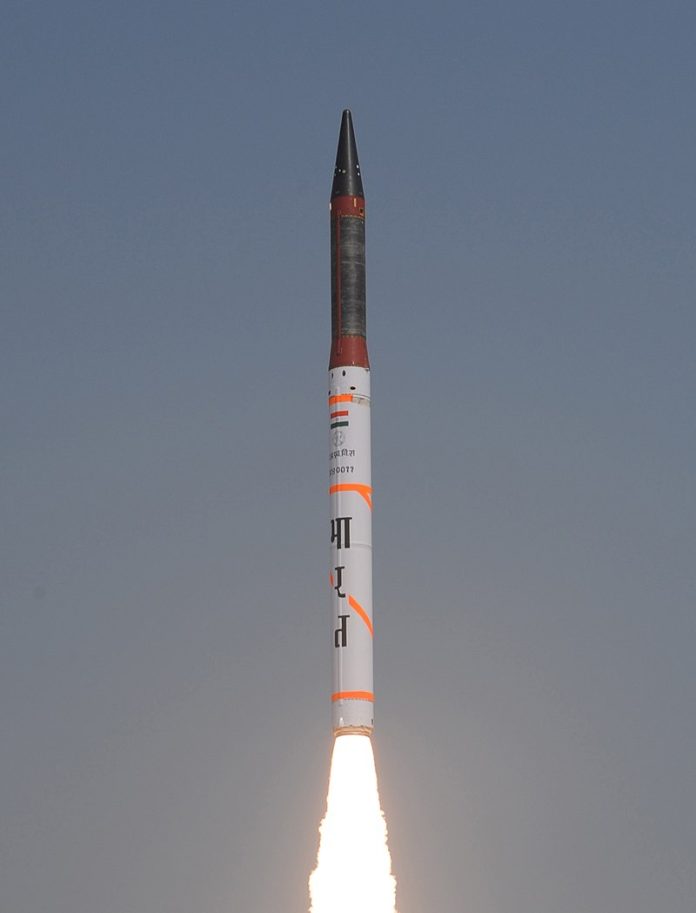
“The Americans may be in for some surprises.” That’s how Russian lawmaker Alexei Zhuravlyov pointedly told Gazeta.ru–setting off Cold War-style anxieties by hinting that Oreshnik intermediate-range ballistic missiles, or IRBMs, may be moved to Venezuela. That statement came as U.S. naval forces pour into the Caribbean–ratcheting up a tense military standoff now stretching from Eastern Europe to America’s doorstep.
Tested in combat in Ukraine, the Oreshnik system represents a new dimension in Russia’s missile diplomacy. Its deployment in Latin America would have implications extending far beyond challenging regional U.S. dominance. It would be a modern-day rehearsal of the Cuban Missile Crisis, albeit in a far more complex and multipolar strategic environment. Following are ten key developments that shape this unfolding confrontation.
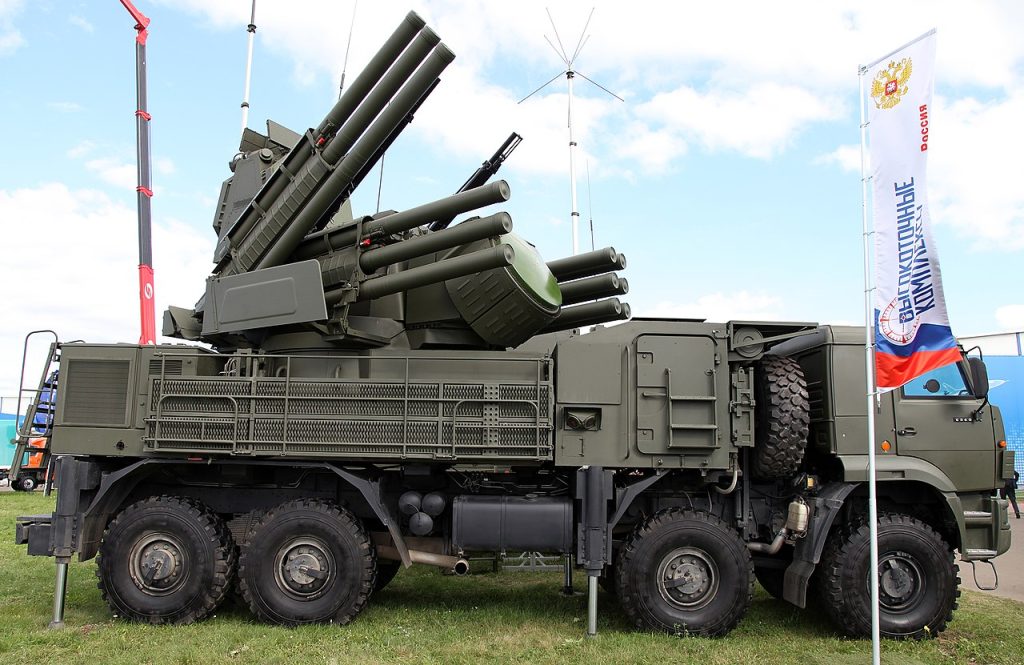
1. Venezuela’s Expanding Russian Arsenal
Zhuravlyov confirmed that Caracas has acquired almost the whole range of Russian military hardware, from small arms right up to the most advanced fighter jets. The backbone of the Venezuelan Air Force continues to be the Su-30MK2, an aircraft capable of air defense and anti-ship missions. More recently, Pantsir-S1 and Buk-M2E systems have arrived, with reports of delivered S-300VM battalions said to bolster strategic site protection. These assets-many delivered via Il-76 transport aircraft-form a layered defense network that would further complicate any U.S. air campaign.
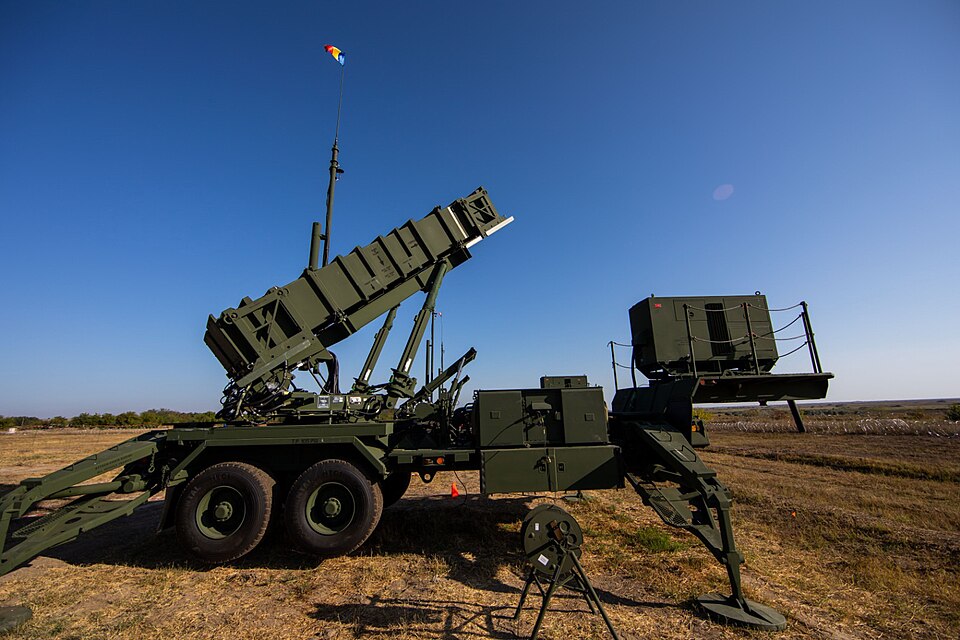
2. The Combat Log of Oreshnik
First used operationally in November 2024 against the Yuzhmash facility in Dnipro, Ukraine, the Oreshnik demonstrated its hypersonic, multi-warhead capability. According to Russian sources, the tested missile carried six warheads, each deploying six submunitions. With speeds reaching Mach 10-11 in the terminal phase, it poses a formidable challenge to missile defence systems like Patriot, which can only engage in the final seconds before impact.
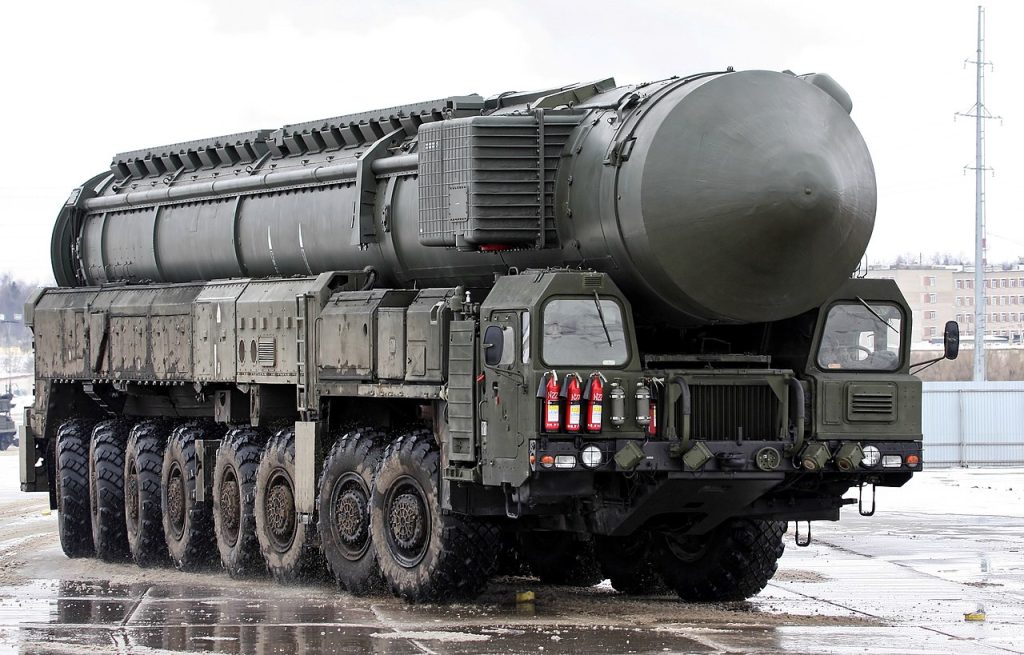
3. Technical Lineage and Capabilities
Analysts associate the Oreshnik design with the RS-26 Rubezh ICBM, which is itself an offshoot of the Topol-M/Yars family. It is road-mobile, solid-fueled, and presumably fitted with countermeasures to defeat interceptors. Payload options could include hypersonic glide vehicles or MIRVs. The estimated 800 to 5,800 km range allows for targeting both at a regional and transcontinental level, and this flexibility makes it suitable both for strategic signalling and operational strikes.

4. The Deployment of Belarus and European Security Risks
Belarus has confirmed the intention to host Oreshnik before the end of 2025. Ukrainian President Volodymyr Zelenskyy warned that with a range of 5,000 km and a ‘dead zone’ of 700 km, the system threatens Eastern Europe and beyond. Kyiv has pointed to 25 unsanctioned Russian companies involved in the production of Oreshnik and called on Western governments to act now before full-scale deployment alters the regional balance.

5. U.S. Military Build-up in the Caribbean
With destroyers and amphibious ships in support, the USS Gerald R. Ford Carrier Strike Group is now positioned for increased counter-narcotics operations near Venezuela. This includes F-35B fighters, AC-130 gunships, MQ-9 Reapers, and special operations vessels. While officially aimed at drug interdiction, this posture also provides options for rapid escalation against Venezuelan military targets should policy shift.

6. Russia’s Strategic Partnership with Caracas
There are clauses allowing for military-technical cooperation under which arms could be transferred following a new strategic partnership agreement signed by Putin and Maduro at the start of May 2025 that raced through ratification in October. While prior Russian deployments to Venezuela – including Tu-160 bomber visits and naval port calls – have been largely symbolic in nature, current conditions would seem to provide reason for moving beyond a show-of-force toward substantive capability enhancement.

7. INF Treaty Fallout and Erosion of Missile Moratorium
The unprecedented 2019 Russian pullout from the INF Treaty was followed by a self-imposed moratorium on the deployment of INF-range systems. But restraint is clearly collapsing with the production and testing of Oreshnik. Moscow invokes similar American development to justify its actions, and statements by Strategic Missile Forces commander Sergei Karakayev suggest deployment could proceed without waiting for reciprocal American action.
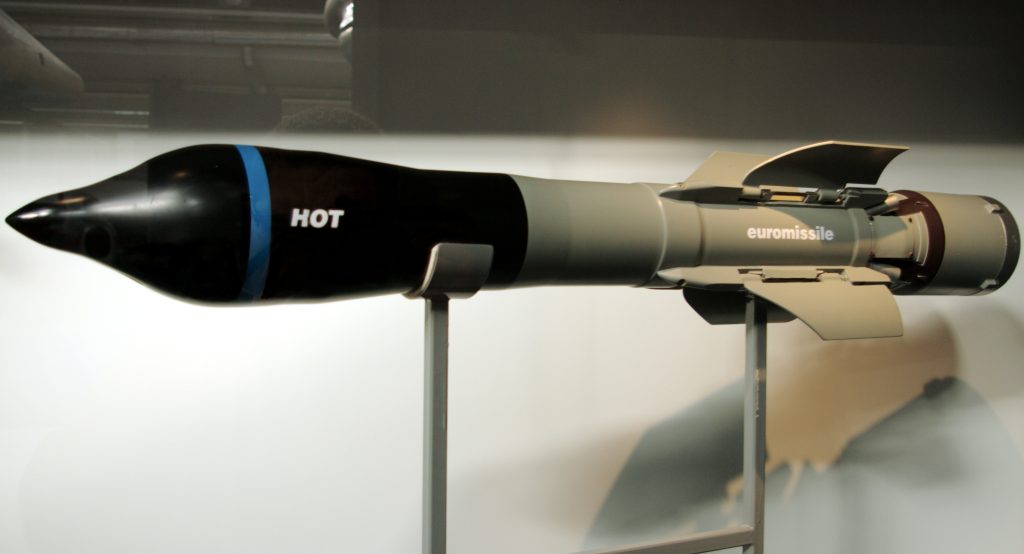
8. Strategic Signalling and Nuclear Thresholds
The November 2024 launch of Oreshnik was accompanied by an updated nuclear deterrence policy that subtly lowered the threshold of nuclear use. While non-nuclear warheads were carried on the test flight, it is a dual-capable missile meant for theater-level deterrence. This is a dynamic reminiscent of Cold War Euromissile escalations, wherein intermediate-range systems were used to pressure adversaries without invoking full strategic exchange.
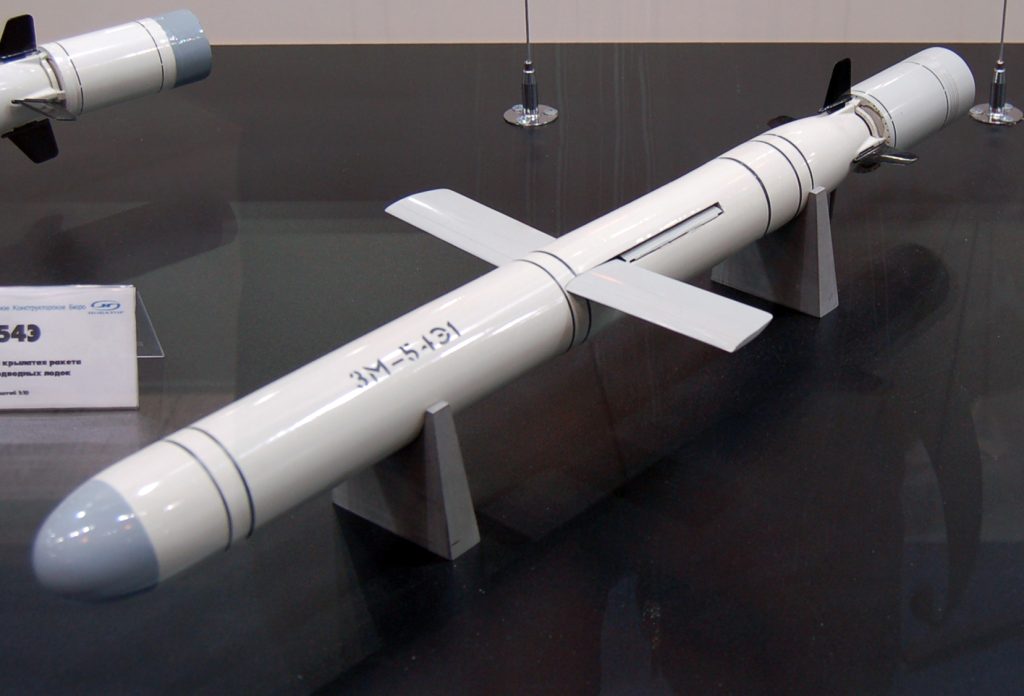
9. Operational Challenges for U.S. Forces
This mix of mobile and upgraded Venezuelan air defense systems allows the country to potentially disrupt US strike planning even with the country’s older SAMs. If long-range standoff weapons were added, such as Oreshnik IRBMs or Kalibr cruise missiles, then US planners would have to consider the threat to Puerto Rico, southern US states, and regional bases, further complicating offensive and defensive operations in the Caribbean theater.
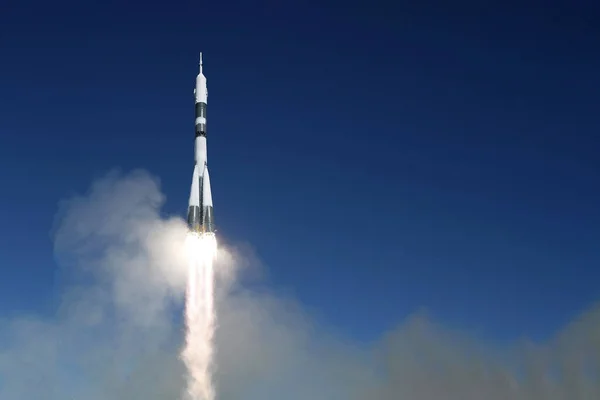
10. Geopolitical Leverage and Global South Narratives
Analysts note that such a transfer of missiles to Venezuela would reinforce Russia’s broader narrative of resisting Western ‘imperialism’ in the Global South. Even if actual deployment is limited, the perception of U.S. vulnerability in its near abroad could be leveraged diplomatically. In a paradoxical twist, some in Moscow might welcome a U.S.-led ouster of Maduro as proof of Western aggression, which reinforces Russia’s positioning among the non-aligned states.
The prospect of Oreshnik IRBMs in Venezuela is less about the immediate battlefield impact and more about strategic messaging-namely, underscoring Russia’s readiness and will to use geographic proximity to the U.S. as a deterrent and source of political leverage to test the limits of post-INF missile norms. Whether this gambit results in actual deployment or remains a potent threat, it has already succeeded in forcing Washington to weigh the risks of escalation in its own hemisphere.
